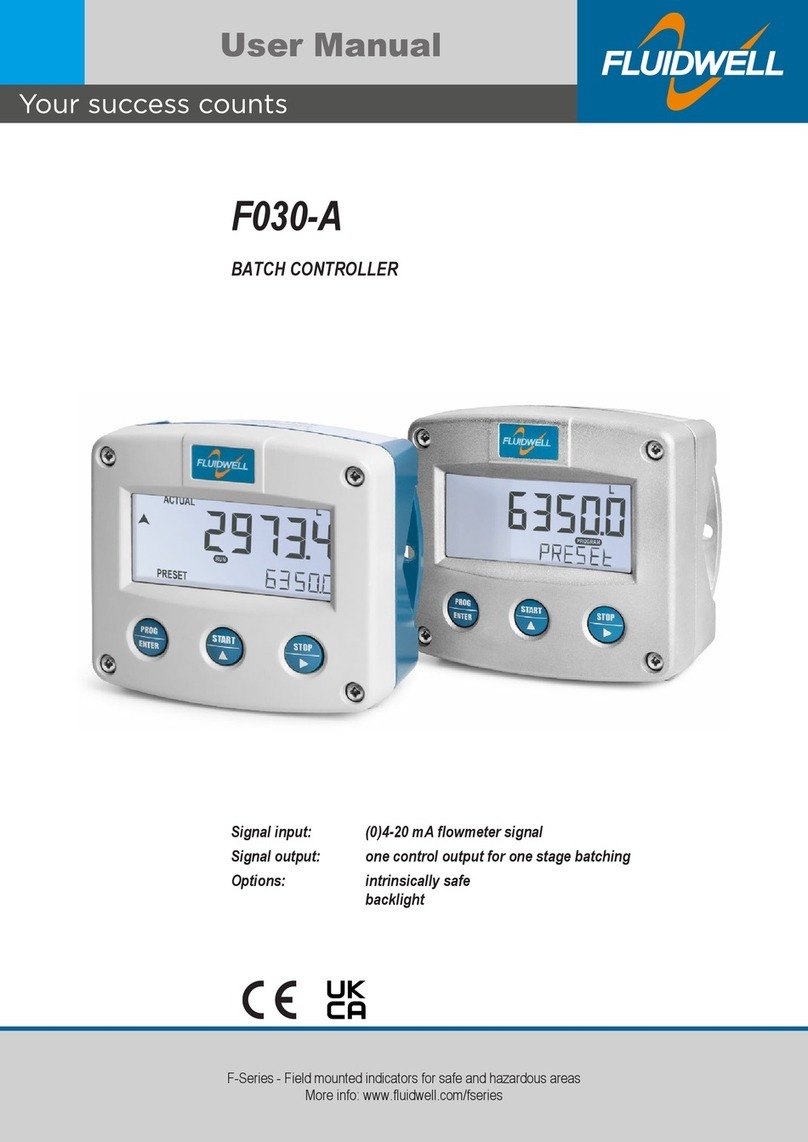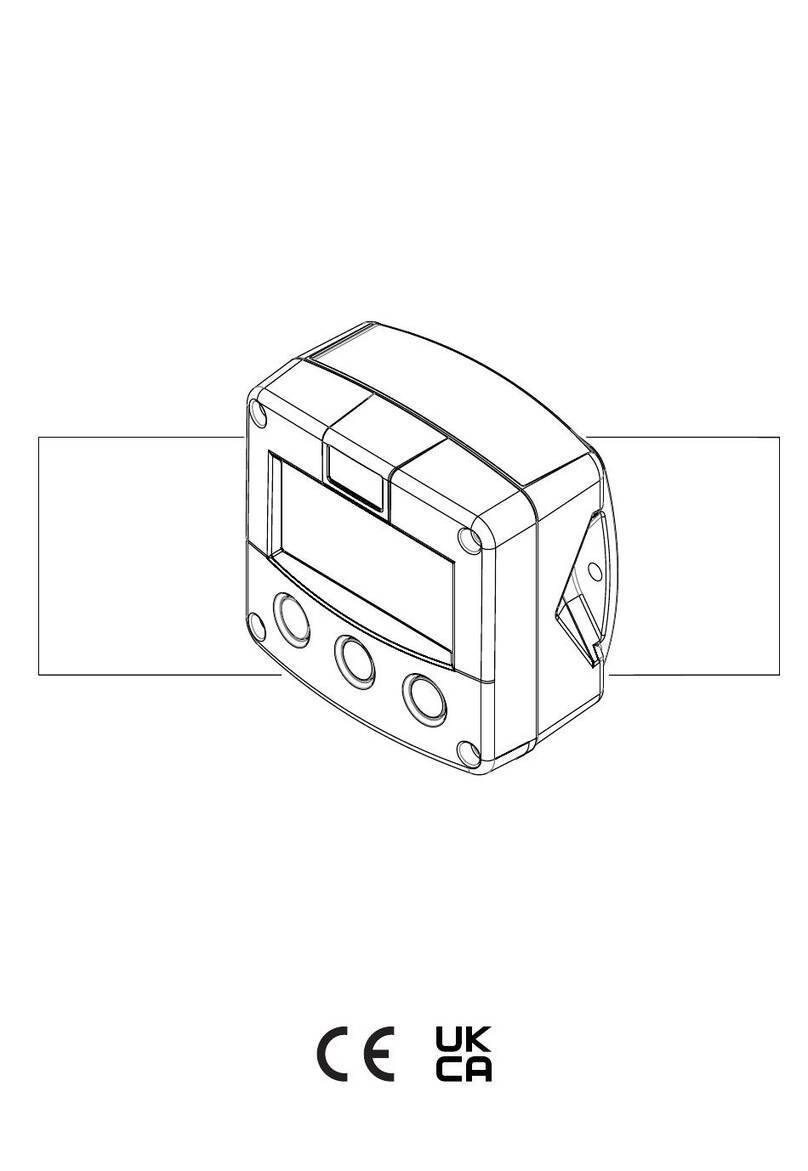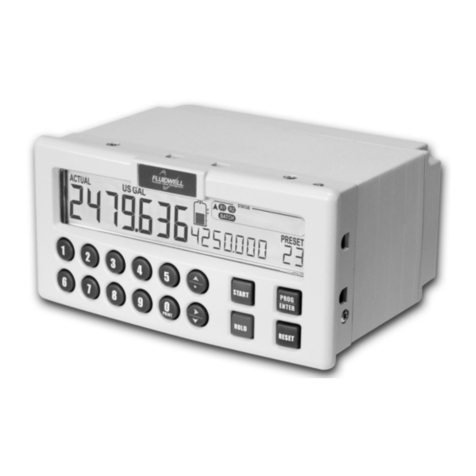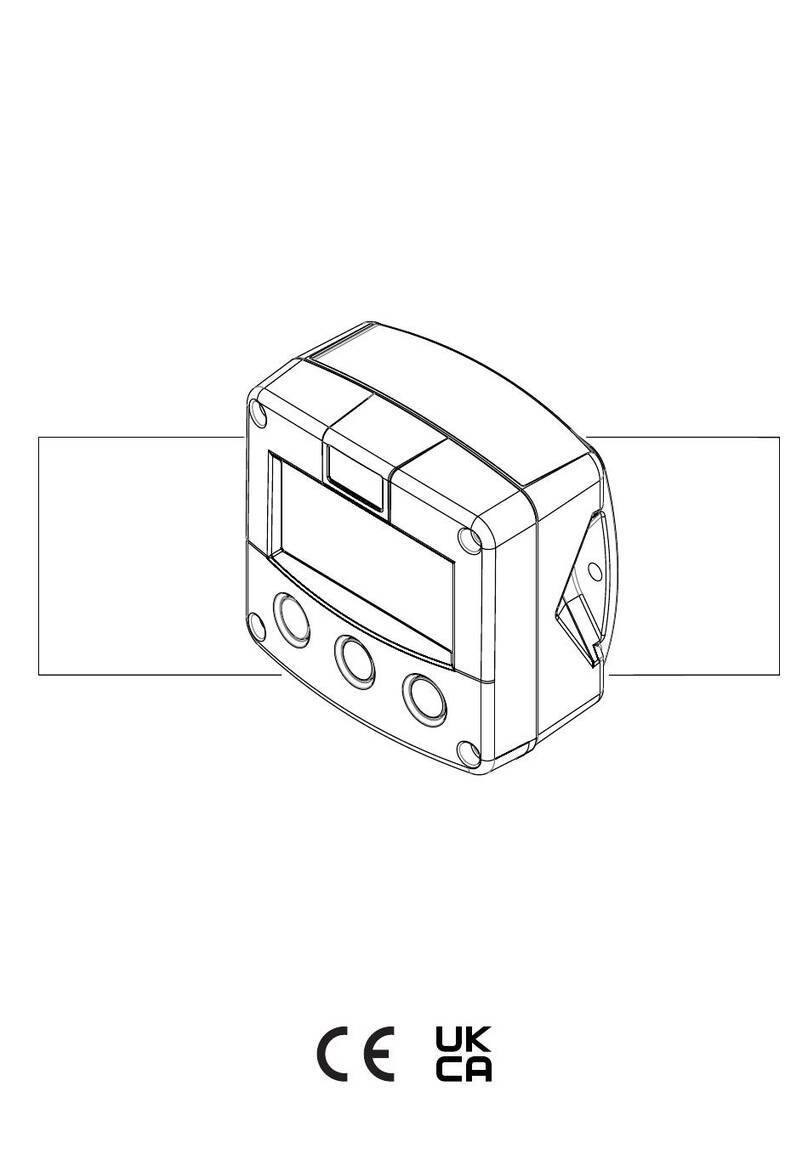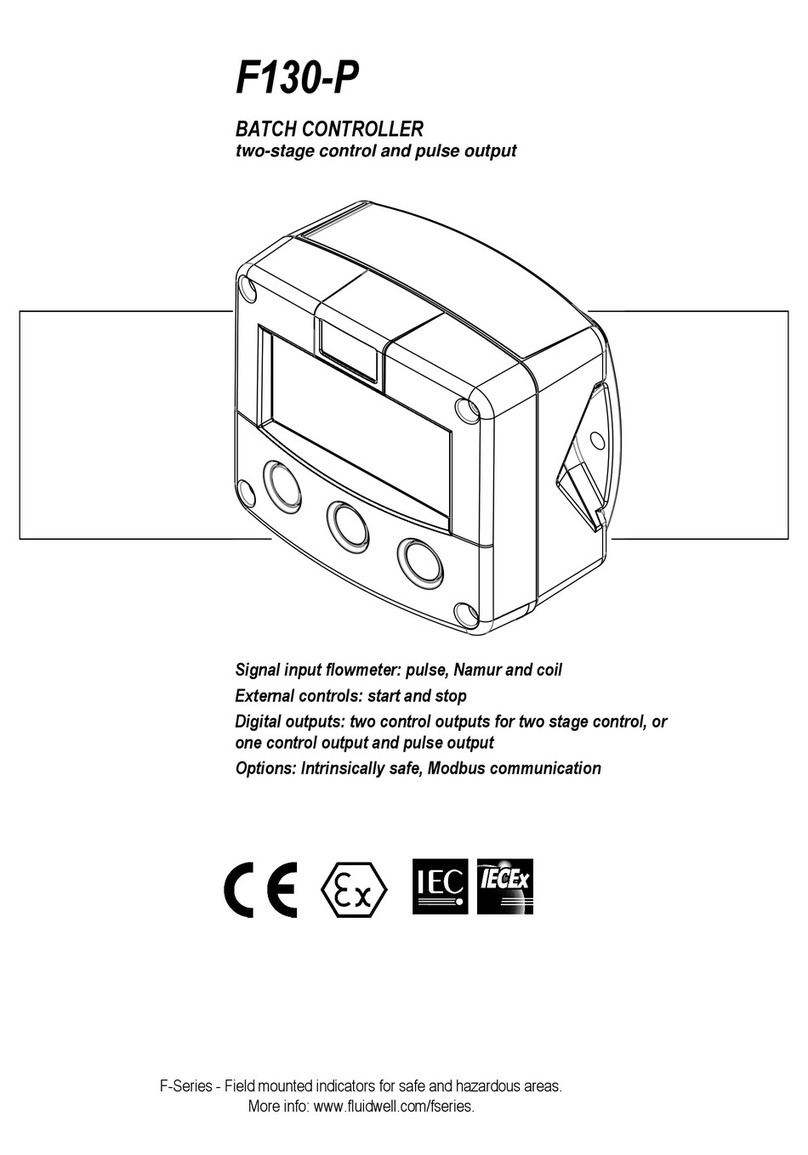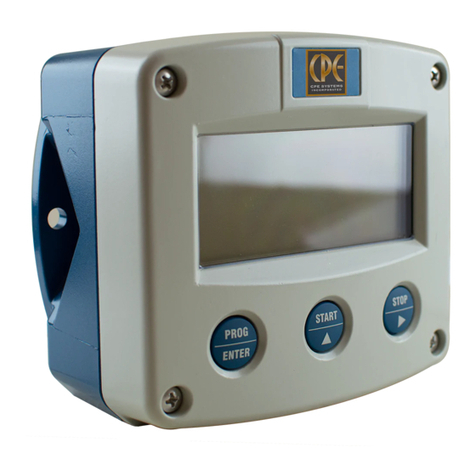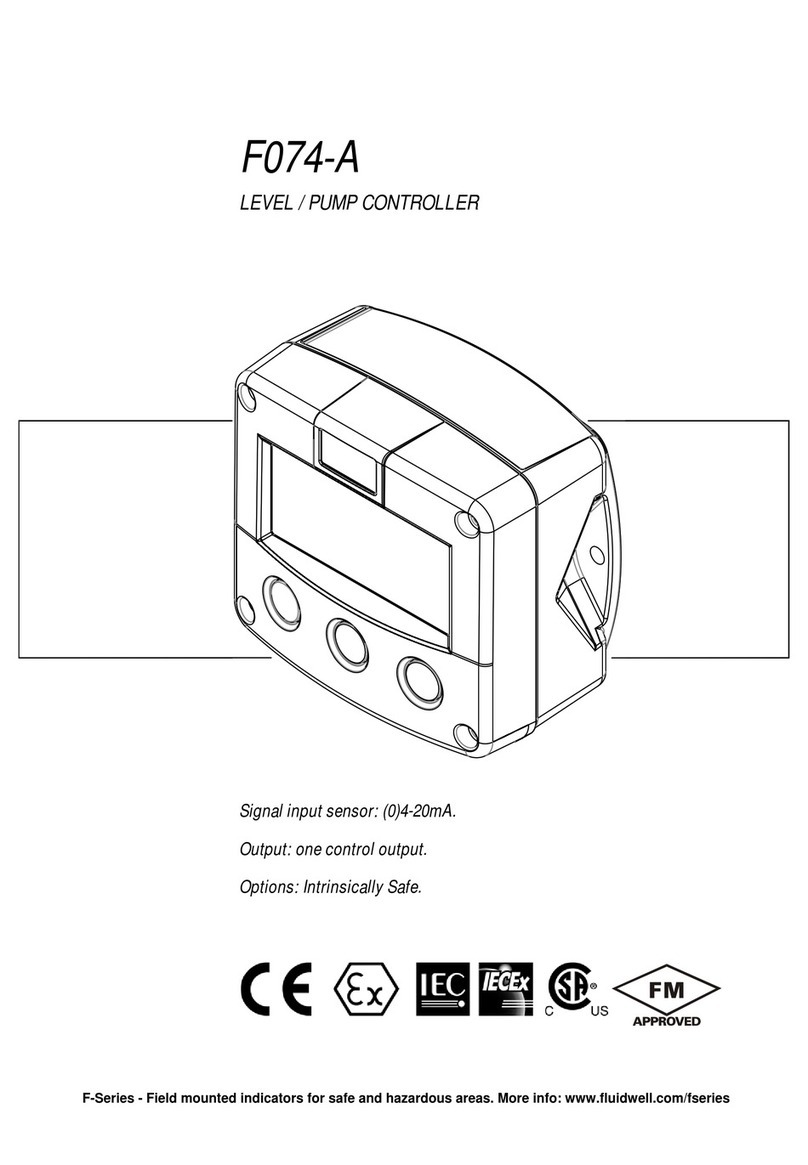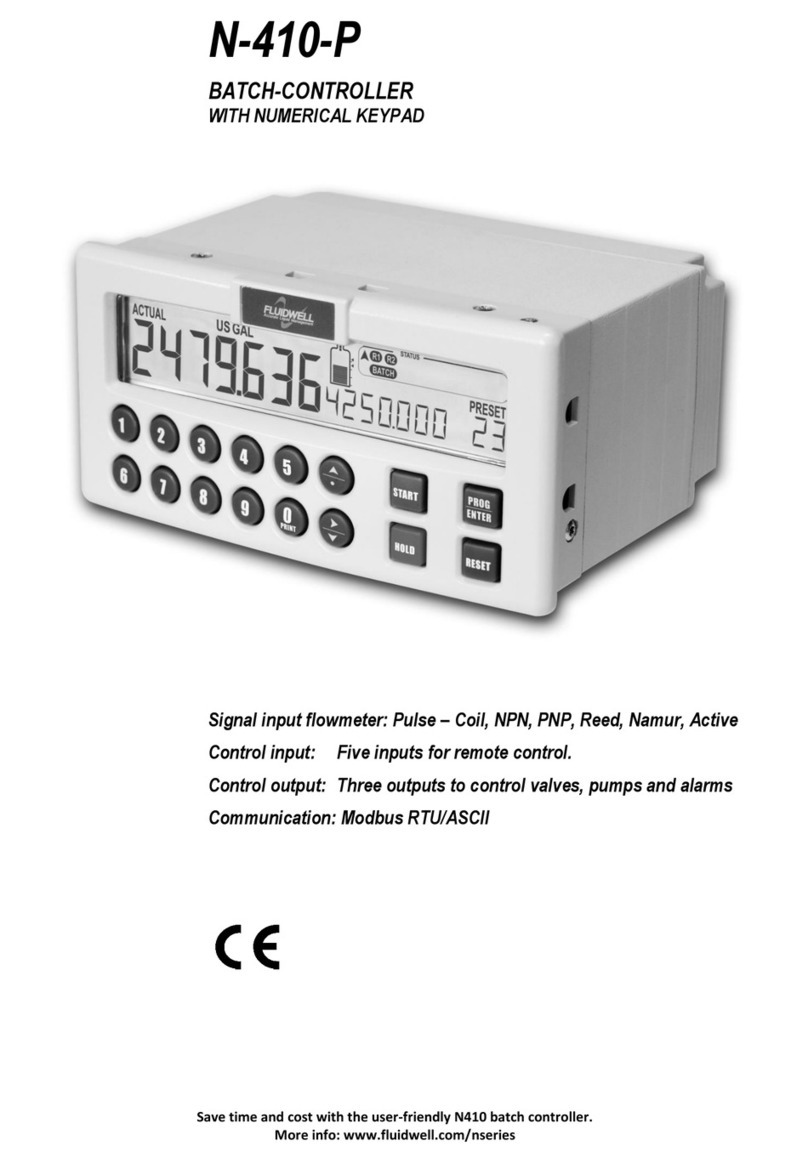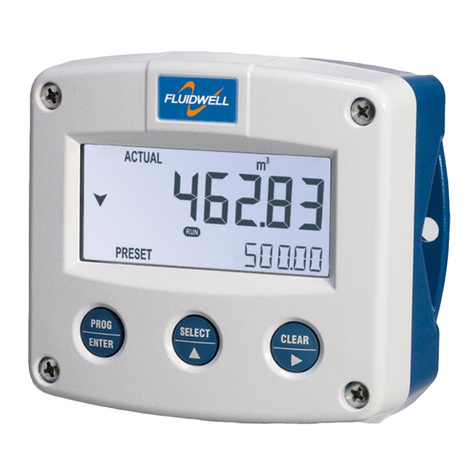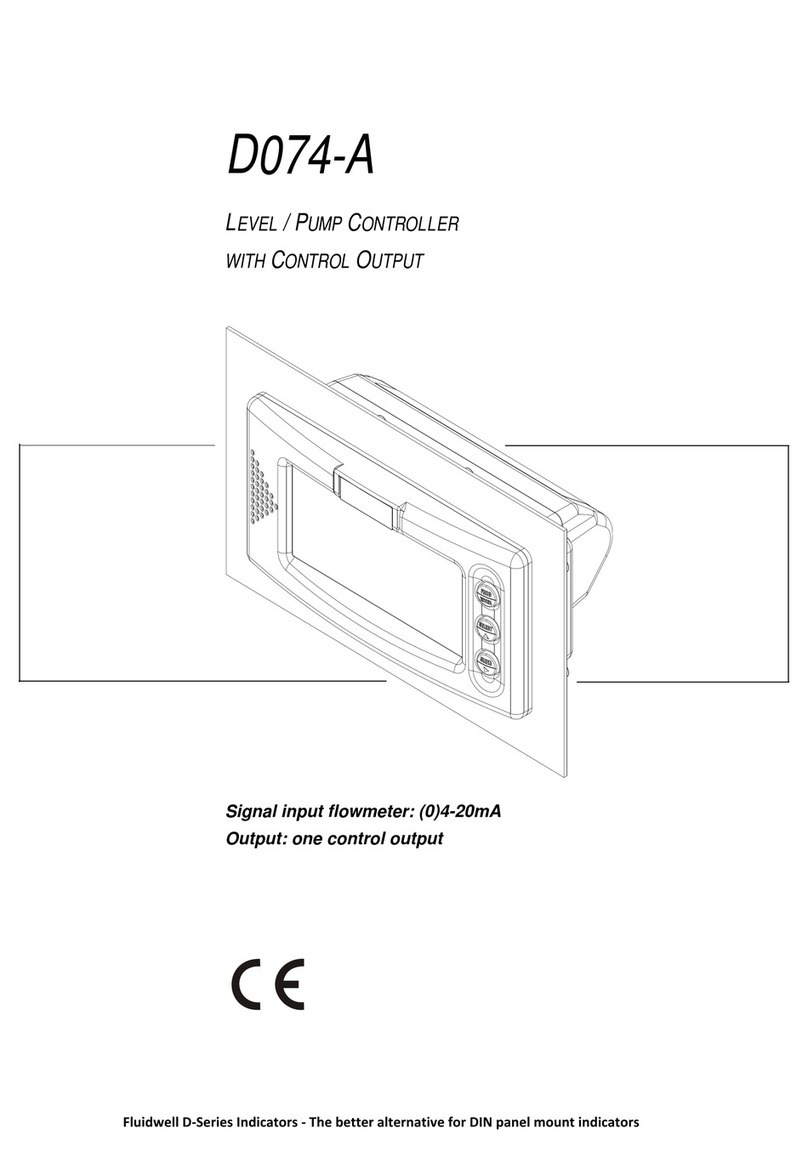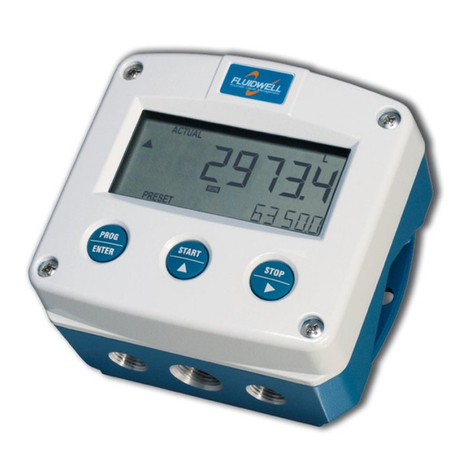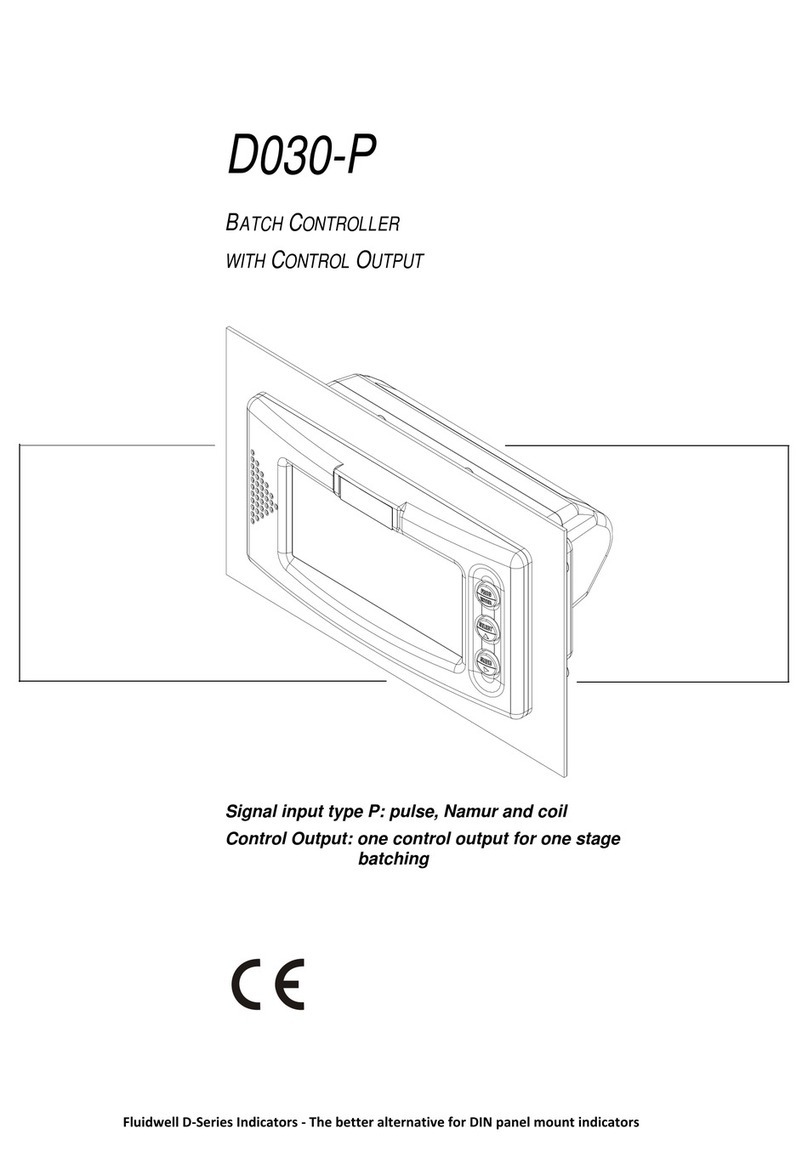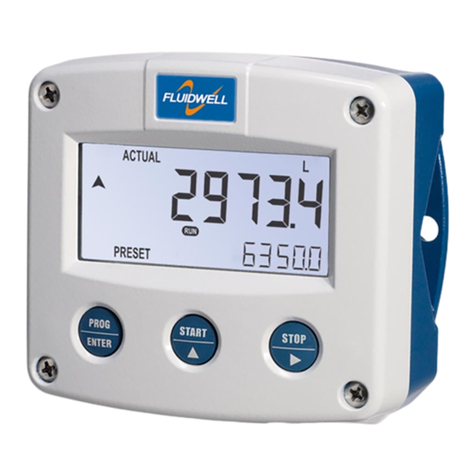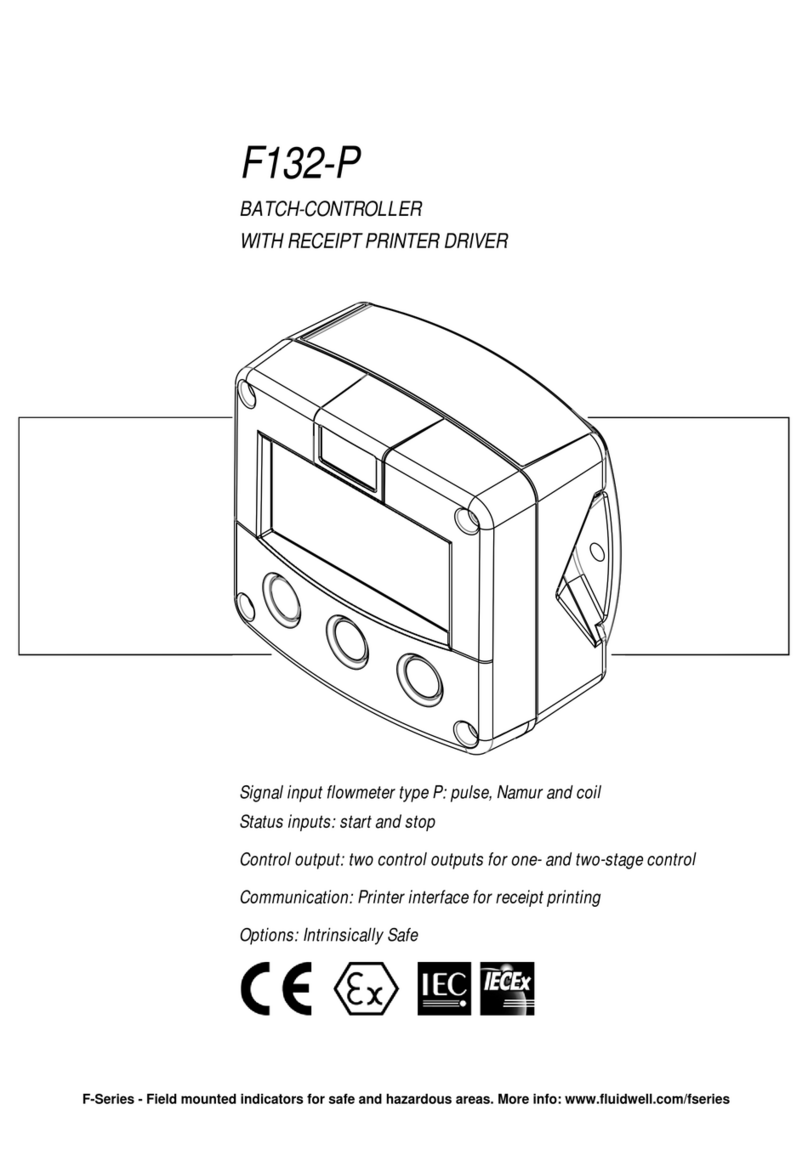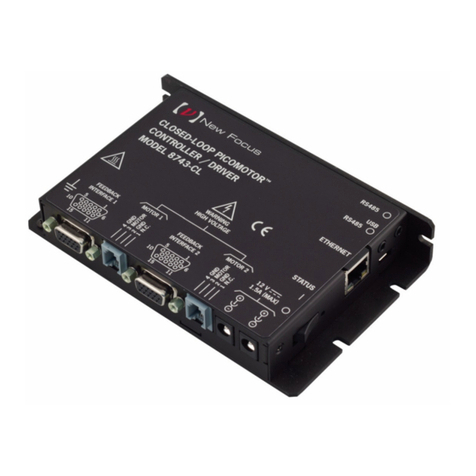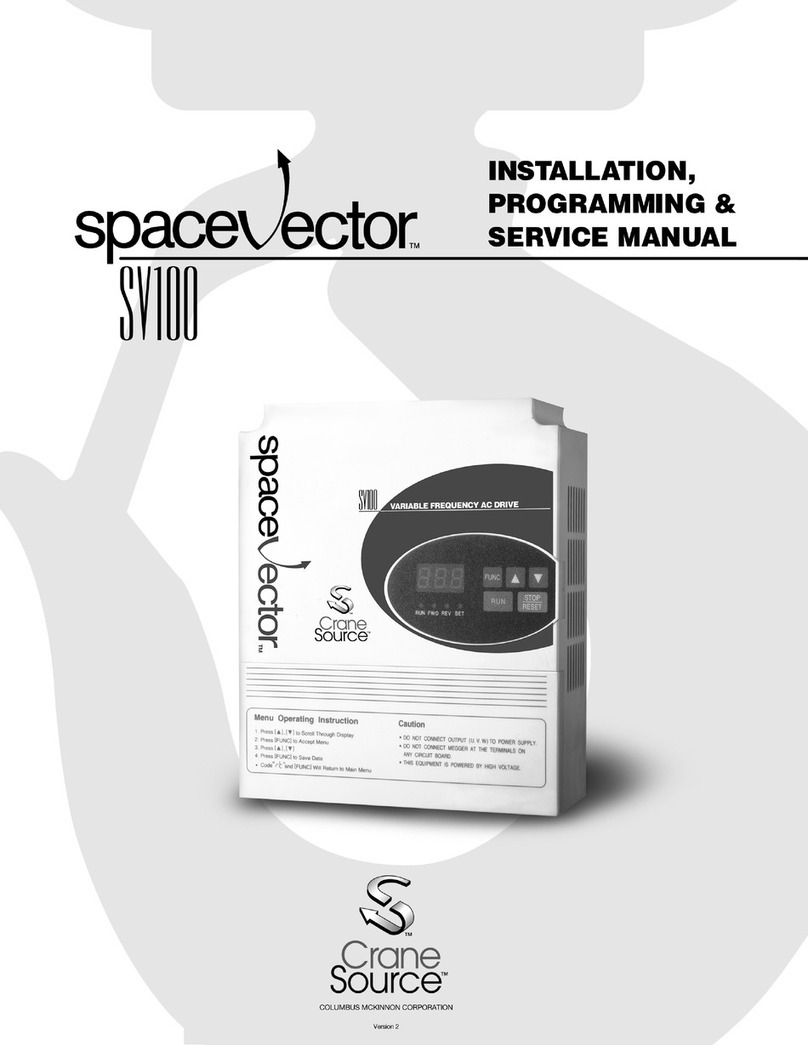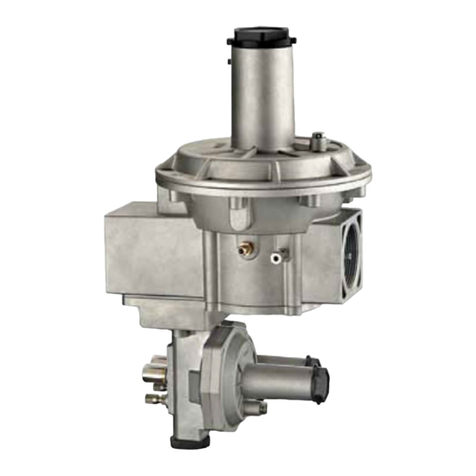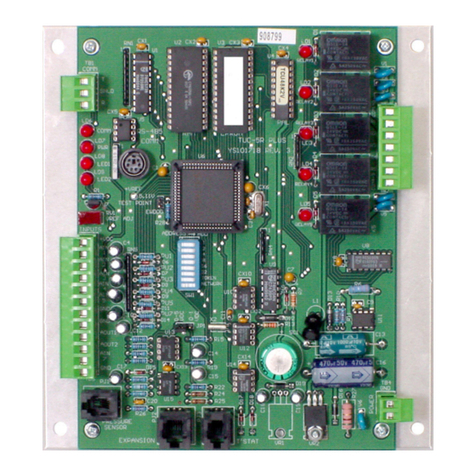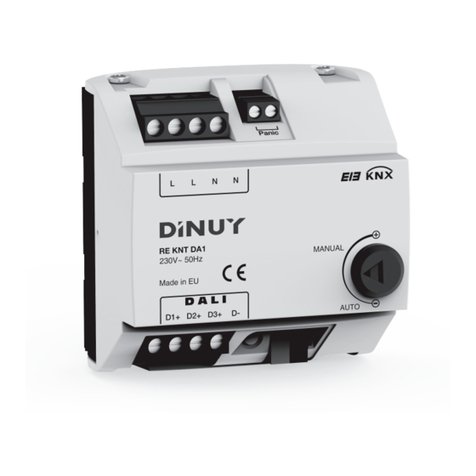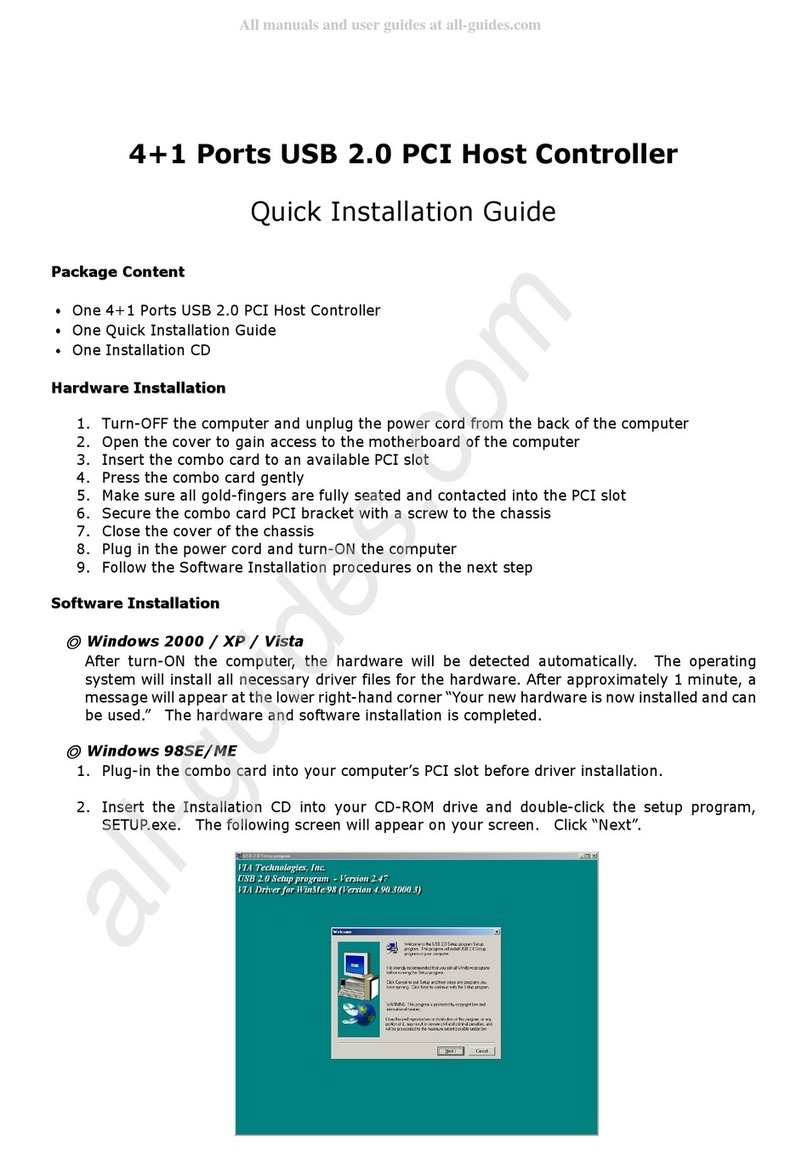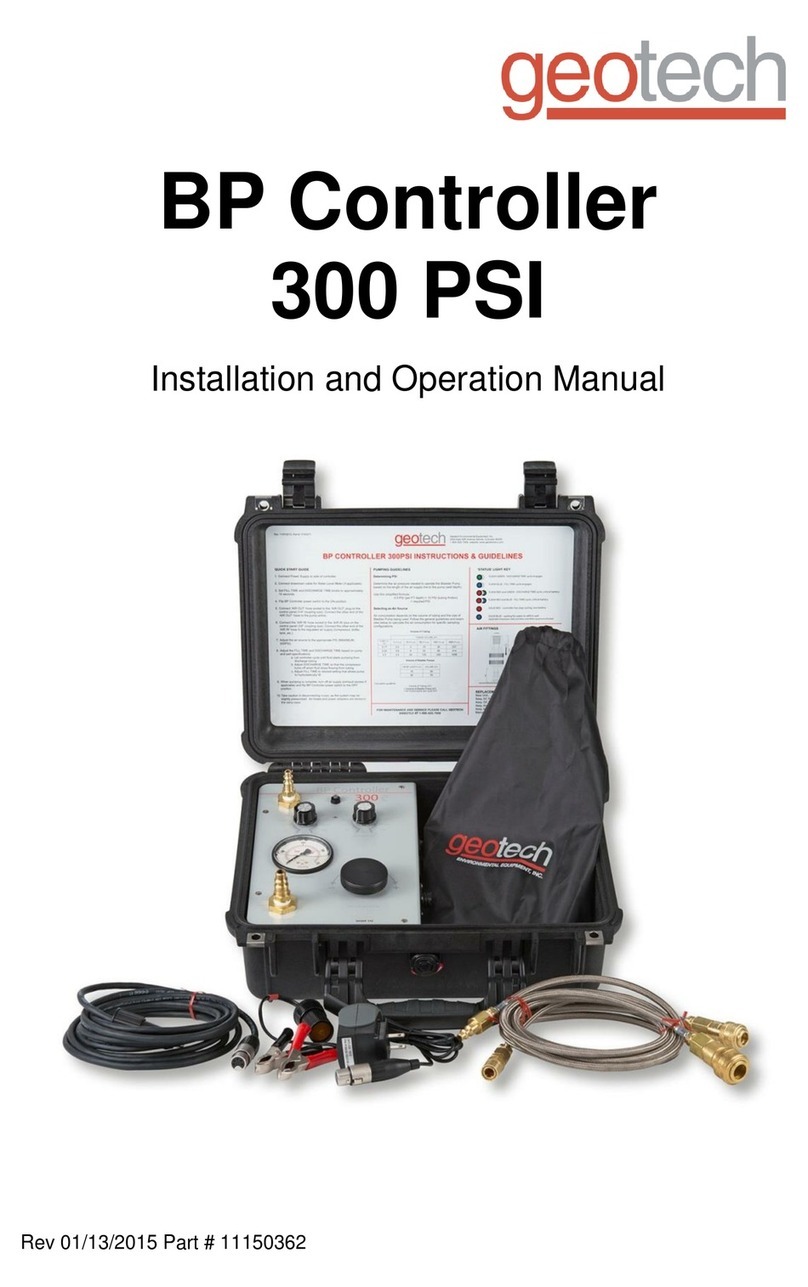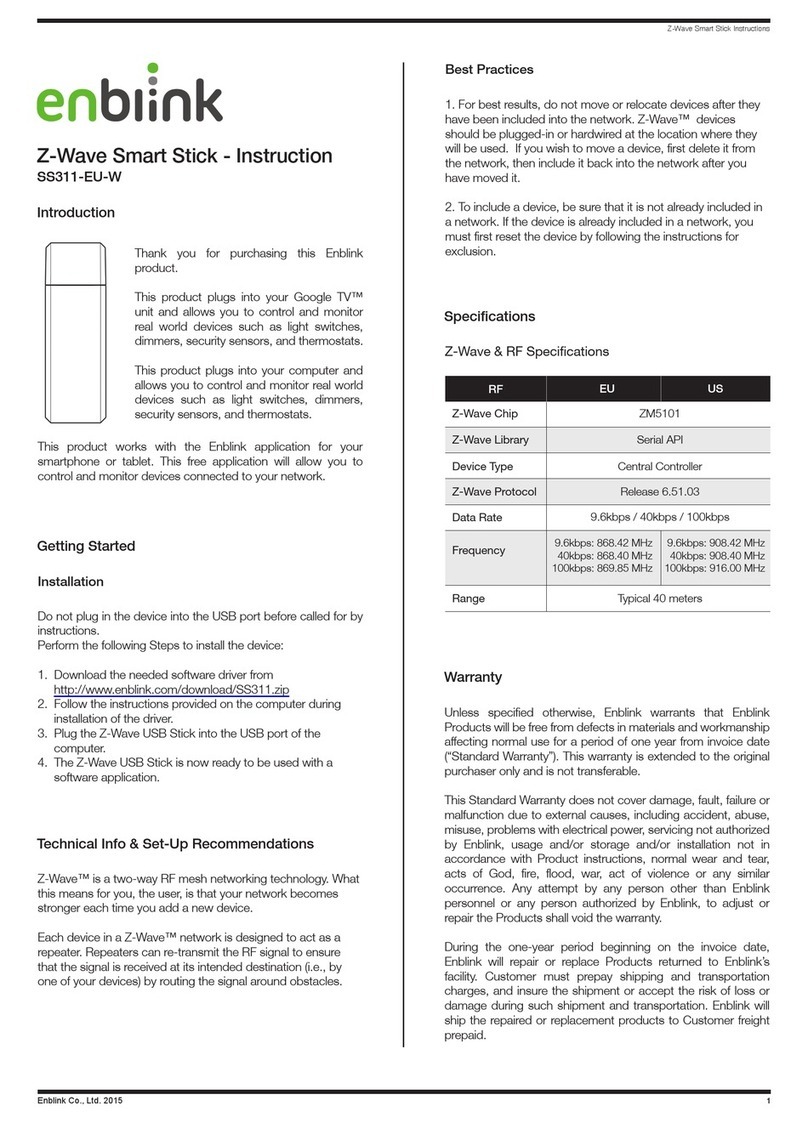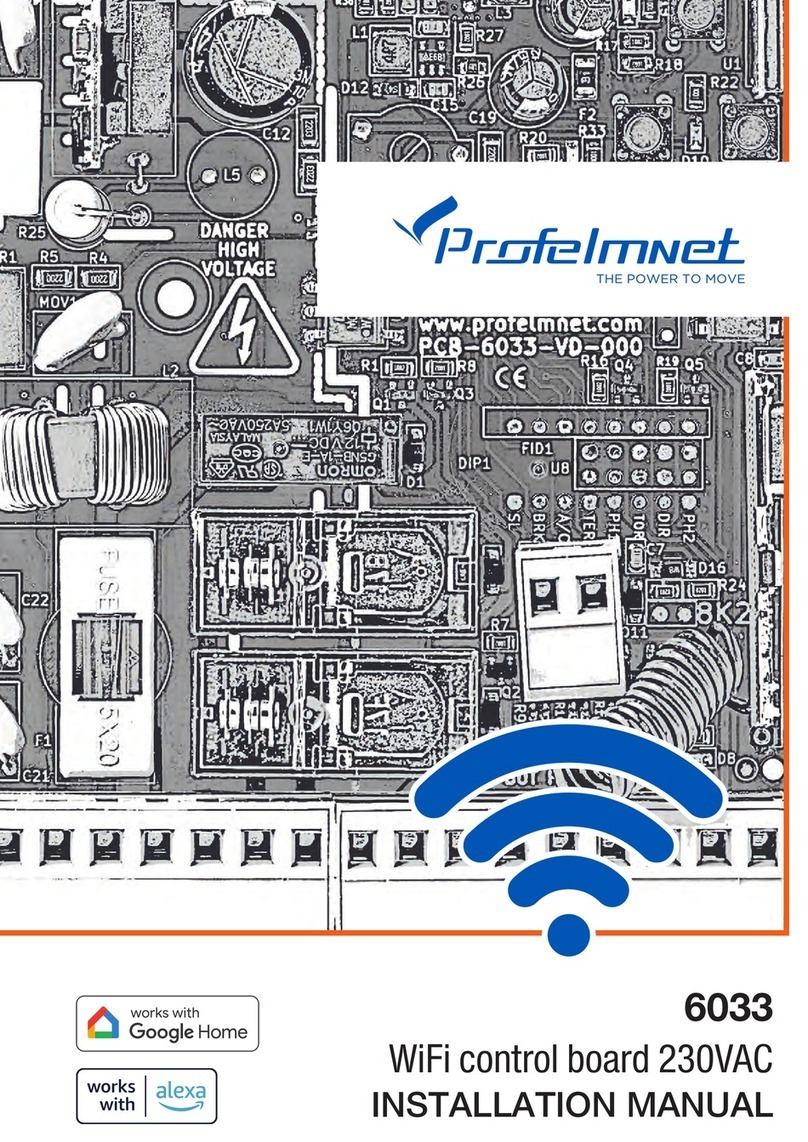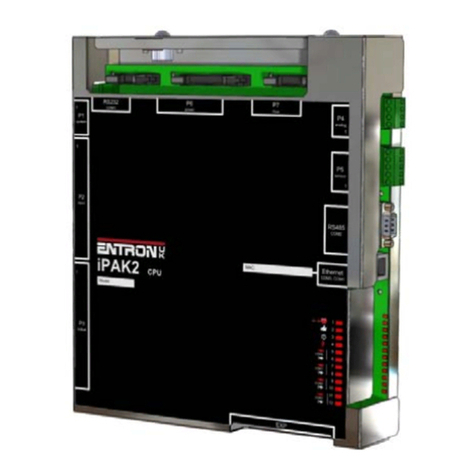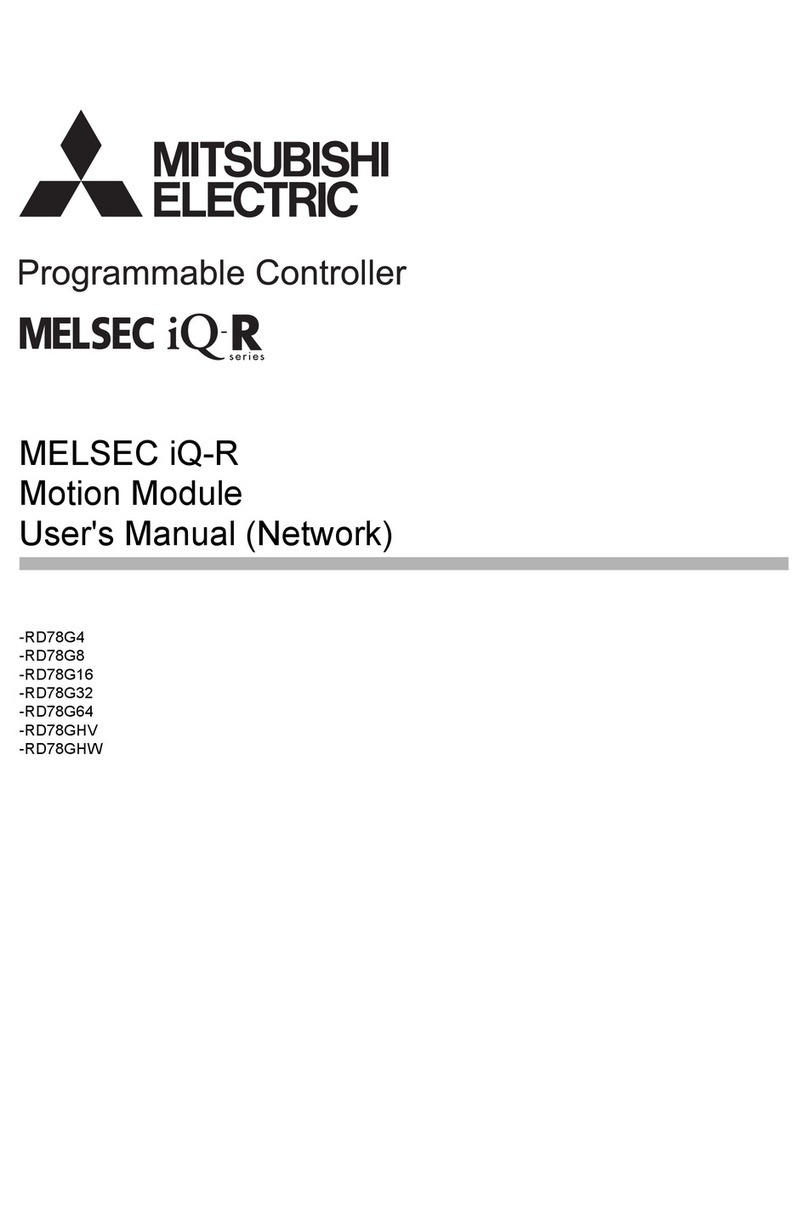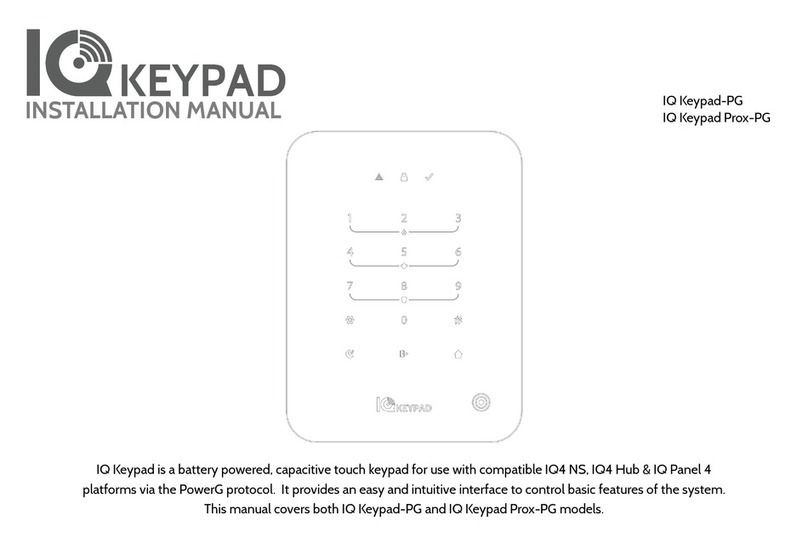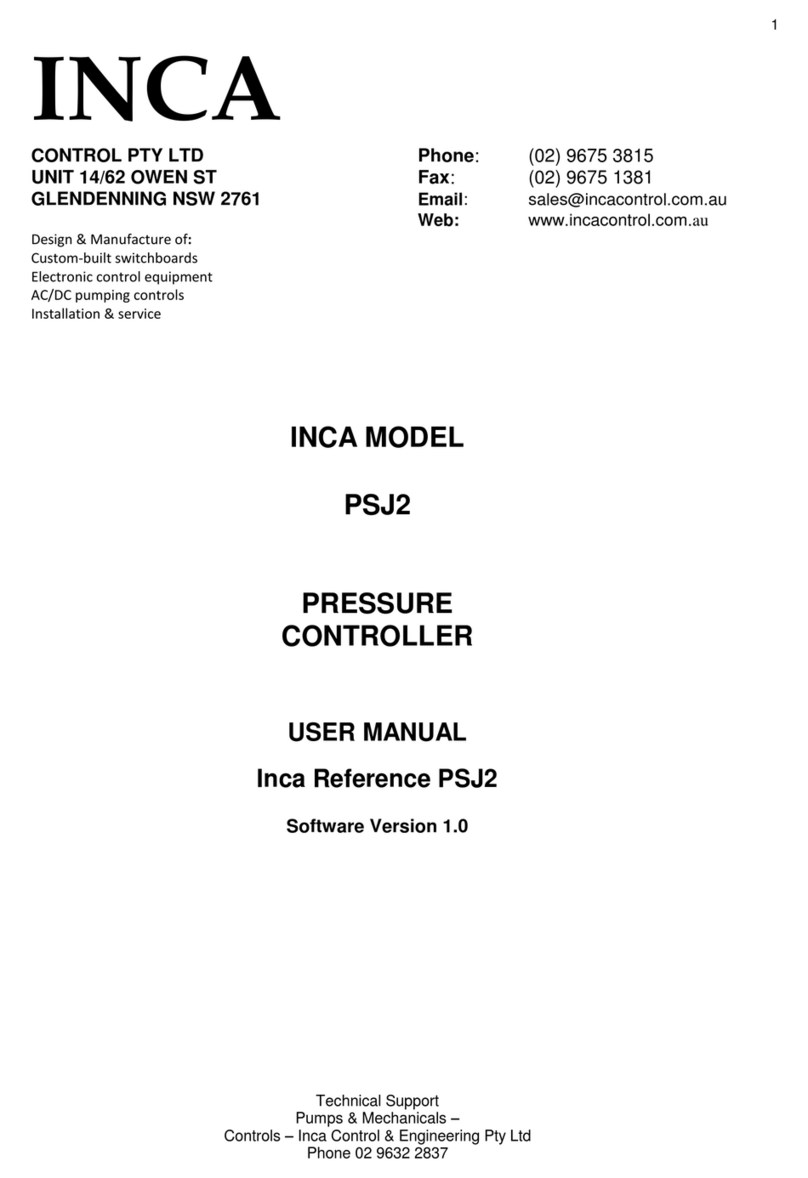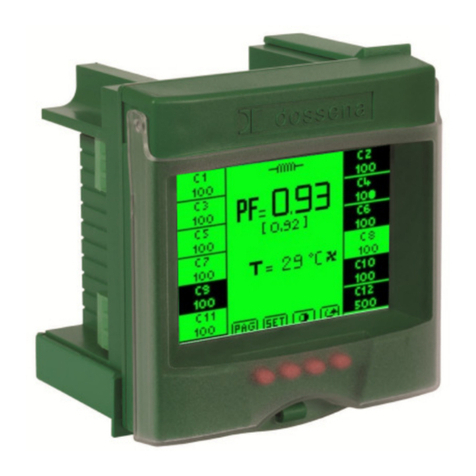CONTENTS MANUAL
Safety instructions............................................................................................................ 3
Disposal of electronic waste............................................................................................ 3
Safety rules and precautionary measures.......................................................................3
About the manual.............................................................................................................. 4
Warranty and technical support....................................................................................... 4
Contents manual............................................................................................................... 5
1. Introduction.............................................................................................................. 6
1.1. System description 6
2. Operational............................................................................................................... 8
2.1. Control panel 8
2.2. Operator information and functions 8
3. Configuration ......................................................................................................... 11
3.1. How to program the F131-P 11
3.2. Setup menu - Settings 13
3.2.1. Explanation of Setup menu 1 - Preset 14
3.2.2. Explanation of Setup menu 2 - Flow rate 14
3.2.3. Explanation of Setup menu 3 - Overrun 15
3.2.4. Explanation of Setup menu 4 - Alarm 15
3.2.5. Explanation of Setup menu 5 - Display 15
3.2.6. Explanation of Setup menu 6 - Power management 16
3.2.7. Explanation of Setup menu 7 - Flowmeter 16
3.2.8. Explanation of Setup menu 8 - Analog output 17
3.2.9. Explanation of Setup menu 9 - Relays 18
3.2.10. Explanation of Setup menu A - Communication (option) 18
3.2.11. Explanation of Setup menu B - Others 19
4. Installation.............................................................................................................. 19
4.1. General directions 19
4.2. Installation / surrounding conditions 19
4.3. Dimensions - Enclosure 20
4.4. Installing the hardware 22
4.4.1. General installation guidelines 22
4.4.2. Aluminum enclosure - Field mounted 23
4.4.3. Aluminum enclosure - Panel mounted 23
4.4.4. Plastic (GRP) enclosure 24
4.4.3. Terminal connectors 25
4.4.6. Sensor supply 25
5. Intrinsically safe applications ............................................................................... 33
5.1. General information and instructions 33
5.2. Terminal connectors Intrinsically safe applications 35
5.3 Configuration Examples 37
5.4 Battery replacement instructions 39
5.4.1. Safety instructions 39
5.4.2. Replace the battery 39
5.4.3. Disposal of batteries 39
6. Maintenance........................................................................................................... 40
6.1. General directions 40
6.2. Repair 40
6.3. Repair policy 40
Appendix A.Technical specification.............................................................................. 41
Appendix B.Problem solving.......................................................................................... 44
Appendix C.Communication variables.......................................................................... 45
Appendix D. Declaration of Conformity......................................................................... 49
Index of this manual ....................................................................................................... 50
List of figures in this manual.......................................................................................... 50





















